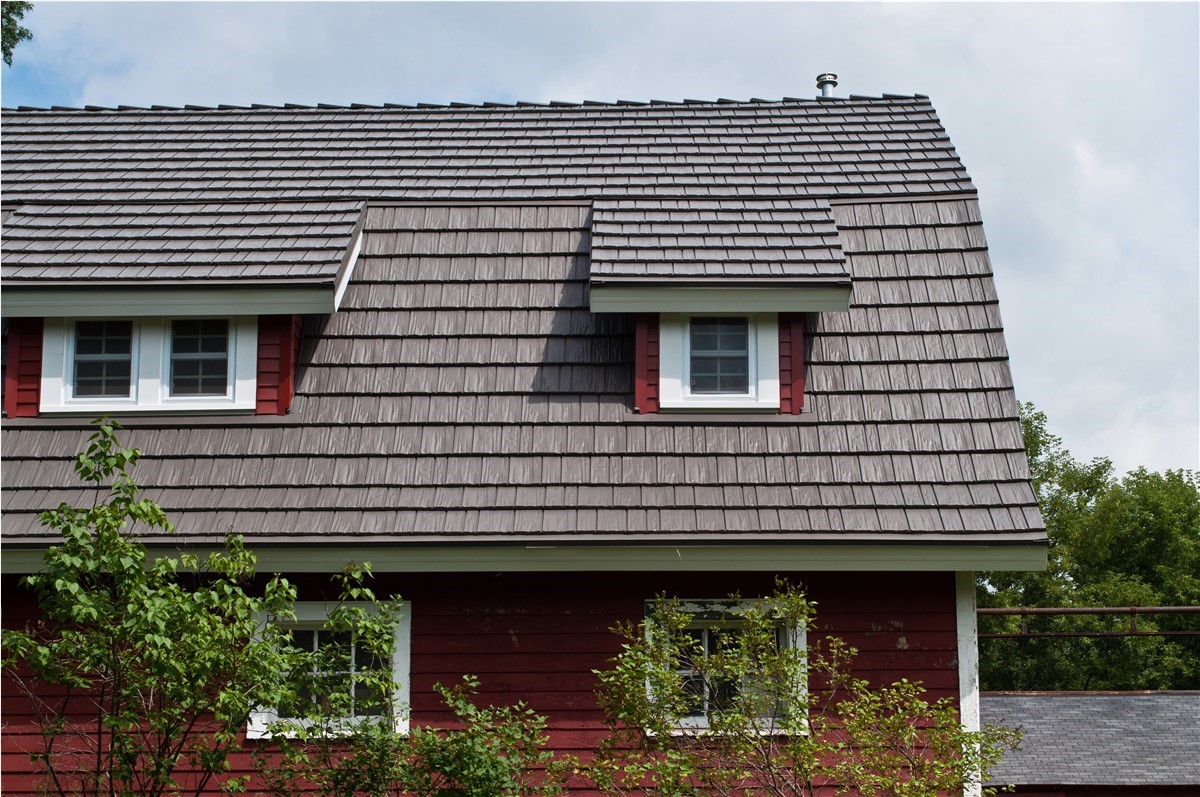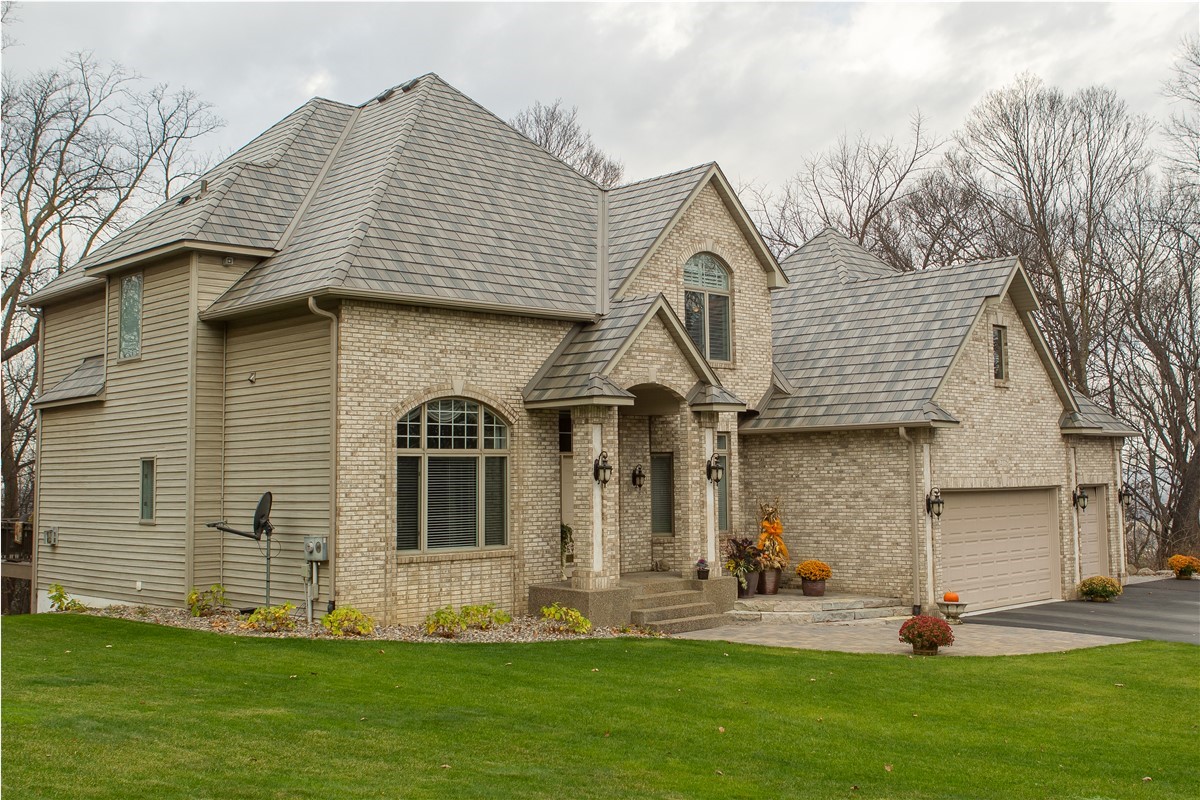 The largest exterior surface area of your home is most likely made up of its siding (with the roof coming in a close second), so it just makes sense that you would surround your home with a product that does well in terms of insulating value and other factors that make up an energy efficient product. It's that siding that keeps the exterior elements like weather outside, so choosing a siding material that does the job well is important.
The largest exterior surface area of your home is most likely made up of its siding (with the roof coming in a close second), so it just makes sense that you would surround your home with a product that does well in terms of insulating value and other factors that make up an energy efficient product. It's that siding that keeps the exterior elements like weather outside, so choosing a siding material that does the job well is important. Here at Quarve, siding installation is just one of our exterior remodeling services. Over the years we've installed a variety of siding products, and we'd like to share a comparison in terms of energy efficiency of the most popular types. Of course, the insulation in your walls goes a long way toward keeping your home comfortable and not becoming a hog in terms of use of furnace or air conditioning, but the siding you choose can have an impact.
Siding Materials and Energy Efficiency
Wood: Still one of the most popular traditional siding products, wood may have beauty and appeal, but it's one of the most expensive options on the market and one of the poorest in terms of energy efficiency. The average wood siding has an R-value of only R-1. Add to that the frequent upkeep required in terms of painting or staining, as well as its tendency to crack or warp (leading to air leaks), and you've got one of the poorest siding products if you're looking for something energy efficient. Engineered Wood/Composite Siding: Siding products like LP SmartSide® deliver the look of wood without all the maintenance required, and at a lower cost to install. This type of siding does provide a better insulating value than real wood, but not by much. And it will vary with the style. For example, lap siding by its very design results in slight gaps that will let air in (or out). It does have a slight edge over a similar product, fiber cement siding, in that LP SmartSide is manufactured in 16 foot lengths rather than 12 foot, so there are fewer seams per lineal foot; that means less gaps and less places for air leakage. Vinyl Siding: Vinyl siding is an economical and therefore popular siding product. But on its own is a poor insulator, so it delivers very little energy efficiency. There are vinyl siding products on the market that come pre-insulated; these products, when installed properly, can result in insulating values of about R-3. Steel Siding: Like any other siding product, on its own metal siding doesn't do much in terms of delivering energy efficiency. But our unique installation process results in no seams or gaps that result in air leakage. You get a nice seal around your home, and we make sure to install materials underneath the siding itself to give you the most energy efficiency possible.When it comes right down to it, the energy efficiency of your siding is only as good as the installer. Prepping the exterior of your home properly and installing water and vapor barrier as well as appropriate insulation is also required. But having a siding product like ours, which is seamless, eliminates the main source of air and moisture leakage in a home's exterior. Plus since it's virtually maintenance free and lasts a long time, you won't be expending time or cost for upkeep or frequent replacement.
To find out more about having siding installed, contact us today. We are a licensed Minnesota siding company and we specialize in seamless steel siding.
Subscribe to Quarve Contracting's Blog





Comments